When new Bitcoin miners buy an ASIC machine, the first question that comes to mind is usually: “How long will this machine last?” But the reality is more complex. The lifespan of an ASIC isn’t just about the number of years it can physically run. It’s about how long it can remain profitable.
In this guide, we’ll break down the three lifespans of every ASIC miner, explore how ROI is affected by market conditions, and show you how to maximize the earning potential of your Bitcoin mining hardware.
The Three Lifespans of Every Bitcoin Miner

1. Physical Lifespan: Hardware Durability
ASIC miners are built to run 24/7. With proper maintenance, most models can last 5 to 7 years, sometimes even longer. Older models like the Antminer S9 (released in 2016) are still operational today in certain markets – nearly a decade later.
But hardware endurance is only part of the story. Just because your machine powers on doesn’t mean it’s making money.
2. Economic Lifespan: Profitability Window
This is the most important clock for every miner. An ASIC’s economic lifespan depends on whether it generates more revenue than it costs to operate. Several factors influence this:
-
Electricity rates – The biggest operating cost for most miners.
-
Bitcoin price – Mining revenue rises and falls with the market.
-
Network difficulty – As more miners compete, profitability gets squeezed.
-
Machine efficiency (J/TH) – The lower the Joules per terahash, the better.
For many miners, the economic lifespan is only 2 to 4 years, sometimes less, depending on market conditions.
3. Competitive Lifespan: Staying Relevant
Even if your ASIC is profitable today, newer models can make it obsolete tomorrow. Mining hardware is evolving, and each generation typically brings better performance and efficiency.
That said, efficiency gains have slowed in recent years. Instead of doubling hashrates with each release, we now see 10–15% incremental improvements. This means older miners may stay competitive for longer – but resale value still drops as newer machines arrive.
Why Efficiency Matters More Than Ever

In 2025 and beyond, mining isn’t just about raw power – it’s about energy efficiency.
-
Joules per Terahash (J/TH): Lower numbers mean less electricity consumed per unit of hashrate.
-
Cooling technology: Air-cooled miners are cheaper but harder to manage in hot climates. Hydro and immersion setups cost more but ensure longer machine stability.
-
Real earnings: Your hashrate is meaningless if electricity bills cancel out your rewards.
Smart miners optimize for efficiency rather than chasing the newest models.
How to Maximize Your Miner’s Earning Life
1. Buy Smart
The best time to purchase ASICs isn’t during bull markets when demand is high. Bear markets are the sweet spot – hashprice is low, inefficient miners capitulate, and second-hand hardware becomes cheaper.
2. Monitor Hashprice
Hashprice measures the daily revenue per terahash. It fluctuates with Bitcoin’s price, difficulty, and fees. Always track it – if hashprice dips, even efficient miners can become unprofitable.
3. Undervolt When Needed
In hot climates or during thin margins, undervolting reduces power draw and heat output, extending chip life and improving ROI.
4. Maintain Clean Operations
Dust, humidity, and poor airflow silently kill miners. Keep your machines clean, maintain stable ventilation, and invest in humidity control.
5. Plan Your Exit
Don’t wait until your ASIC is worthless. Watch the resale market. Sell or upgrade while your machine still retains value, especially before a new generation launches.
Tax Advantages for Miners
In the U.S. (and many other countries), mining hardware qualifies for 100% bonus depreciation. This allows operators to deduct the entire cost of their ASICs in the year of purchase.
For example, if you buy a $5,000 machine, you can deduct the full cost upfront, improving ROI and justifying quicker hardware upgrades.
Smart miners use tax strategies to:
-
Offset taxable mining income
-
Improve ROI calculations
-
Upgrade hardware more often
The Future of ASIC Lifespan

-
Efficiency Gains Will Slow: We’re hitting physical chip limits. Expect smaller improvements per generation.
-
Rising Costs for New Chips: Transitioning to 5nm and 3nm tech will raise production costs.
-
Infrastructure Will Matter More: Cooling, firmware tuning, and energy strategy will deliver bigger efficiency gains than hardware upgrades alone.
Final Word: Think Like an Operator, Not a Collector
The best ASIC isn’t the one that runs the longest – it’s the one that pays itself off quickly and operates efficiently.
Instead of asking, “How long will my miner last?” you should be asking:
-
How quickly can I recover my investment?
-
How can I lower my operating costs?
-
When should I upgrade for maximum ROI?
Mining success in 2025 and beyond isn’t about holding machines forever. It’s about making data-driven, timely decisions.
References
-
Bitdeer – How long do Bitcoin miners last?
-
MiningStore – ASIC miner lifespan analysis
-
D-Central – ASIC maintenance and efficiency tips
-
ViaBTC – Mining hardware profitability guide
-
Zeus Mining – ASIC cleaning and repair guide




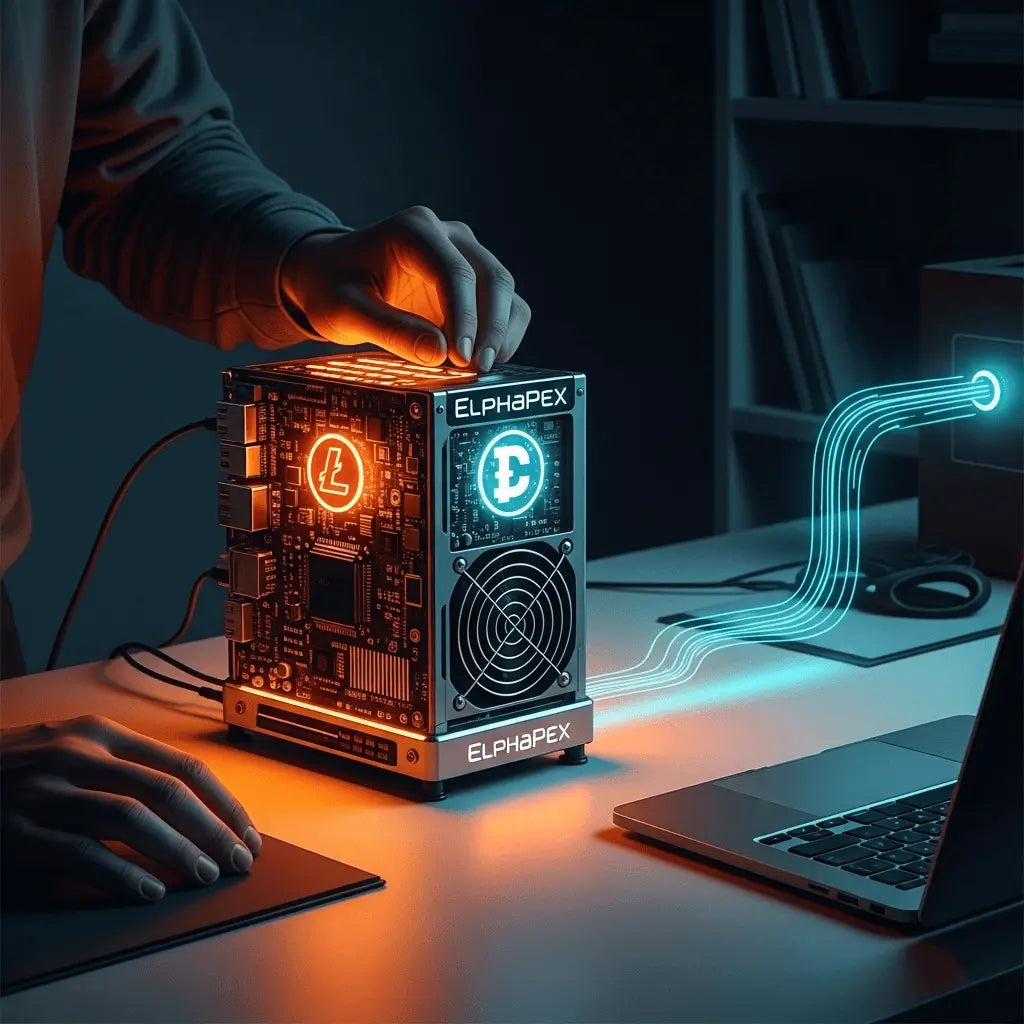
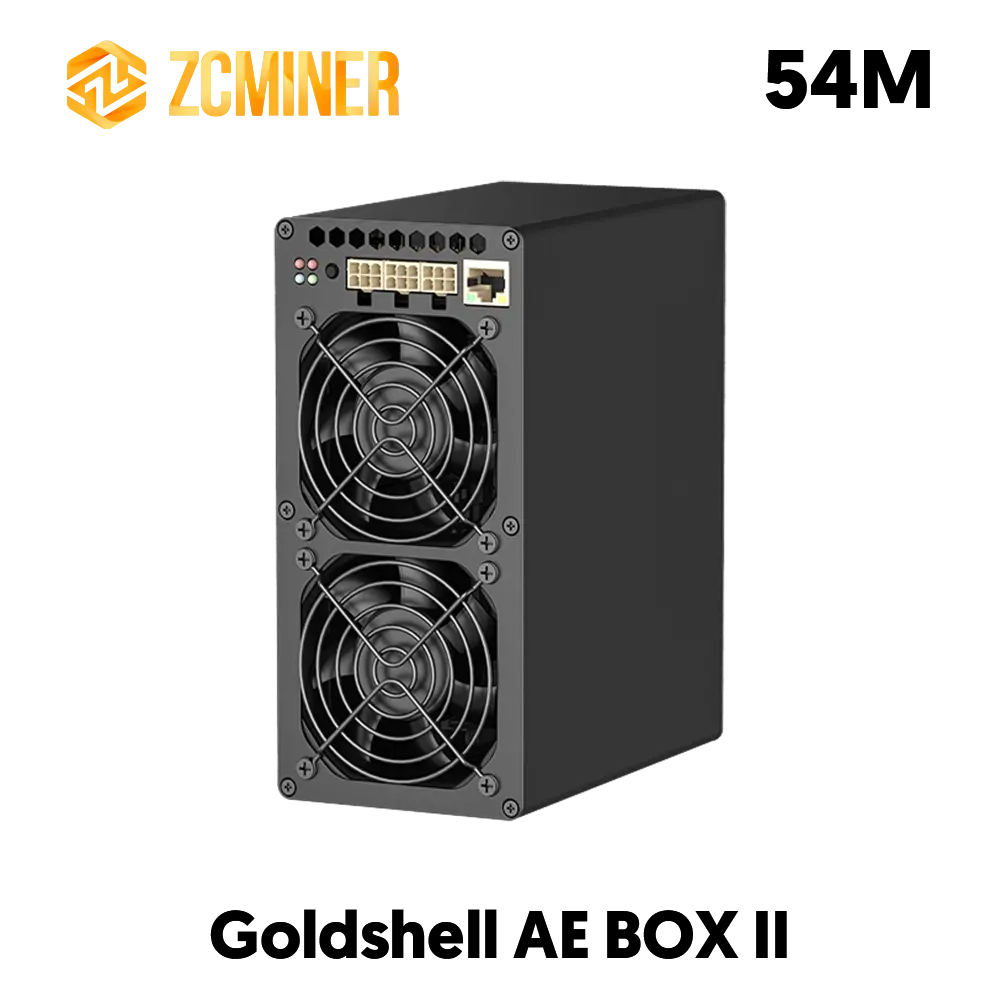
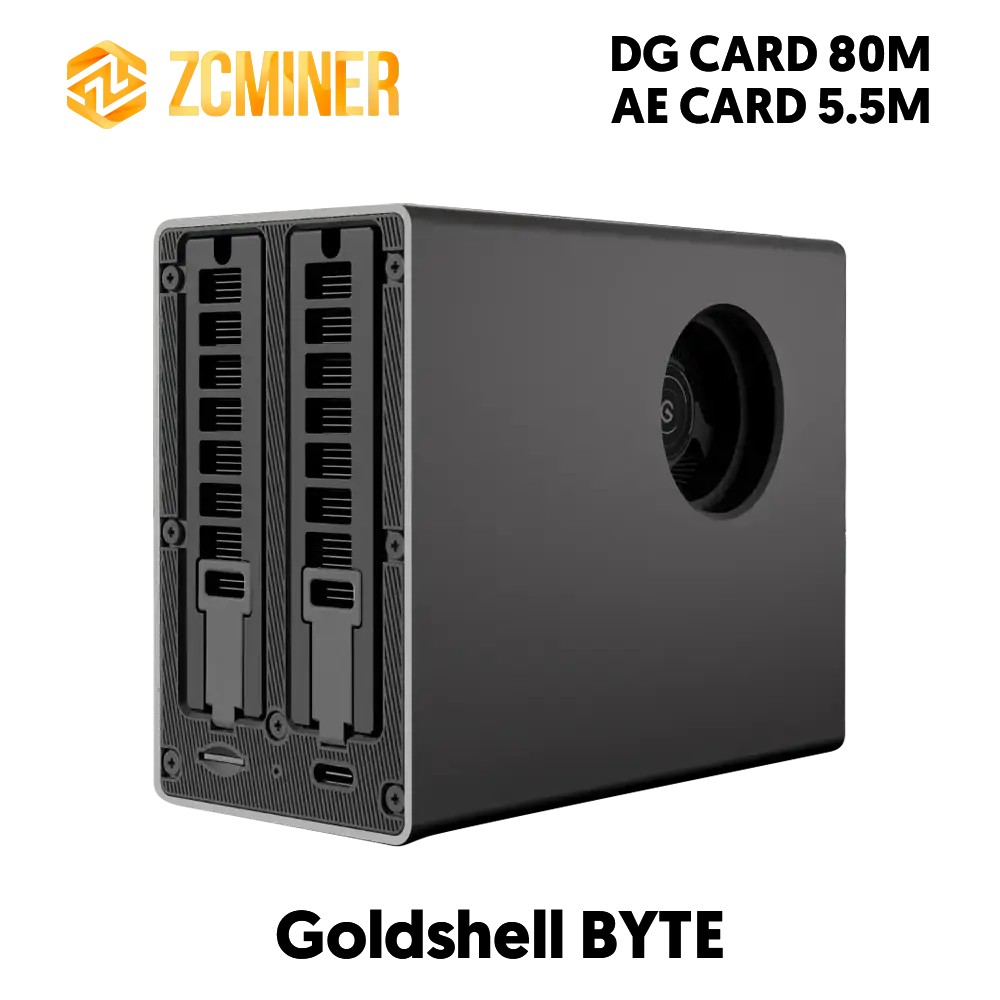
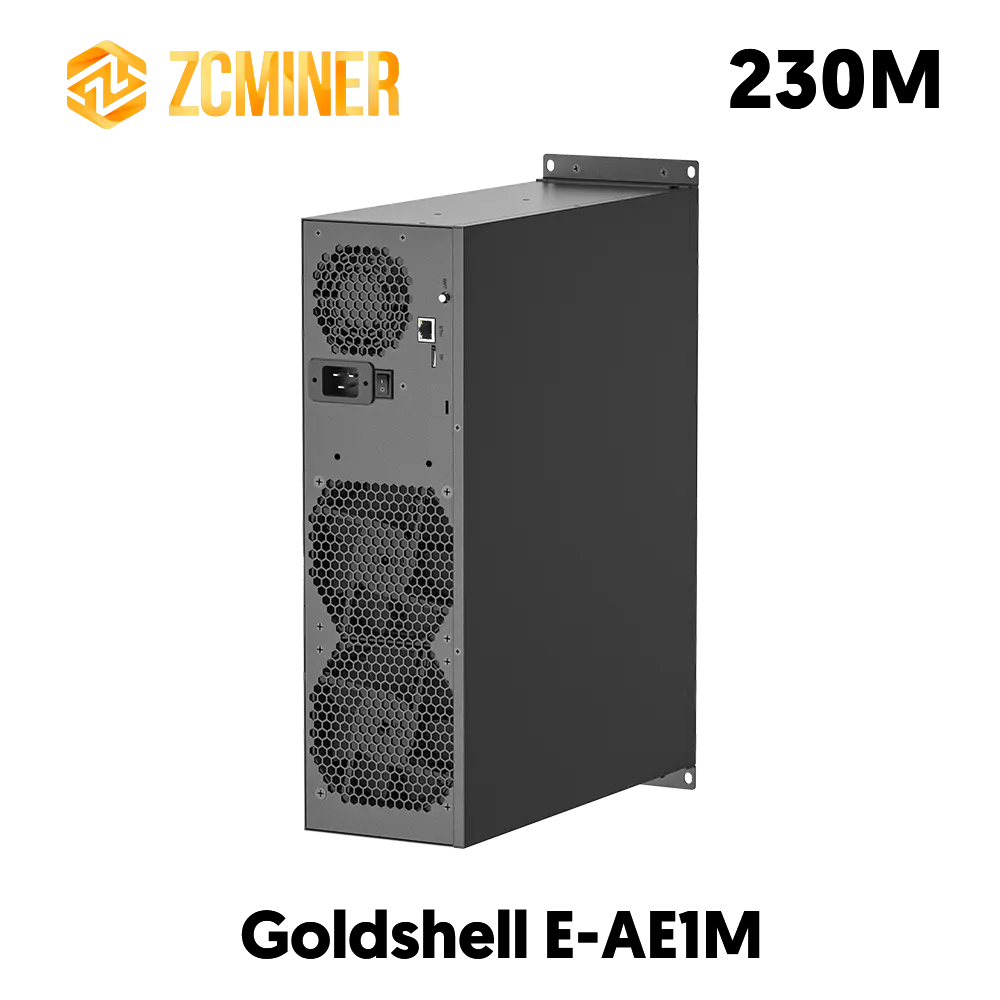
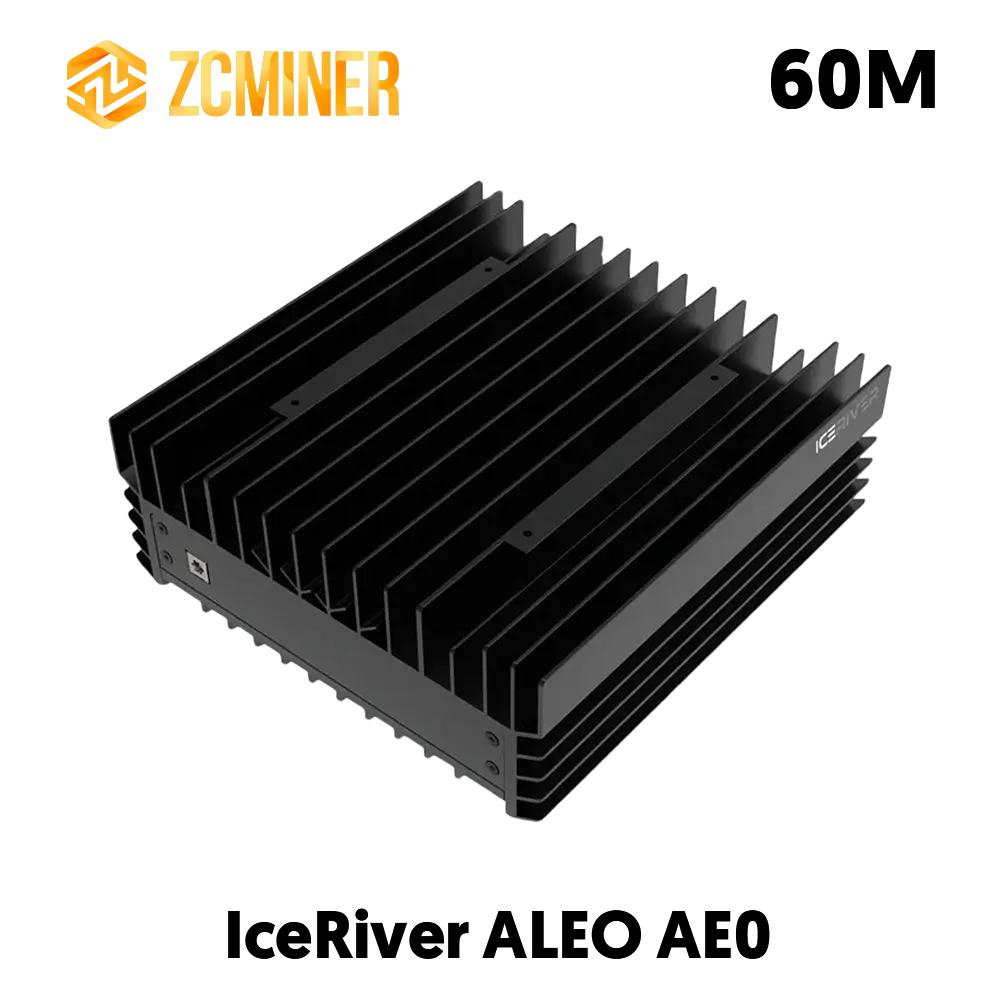


コメントを残してください
このサイトはhCaptchaによって保護されており、hCaptchaプライバシーポリシーおよび利用規約が適用されます。